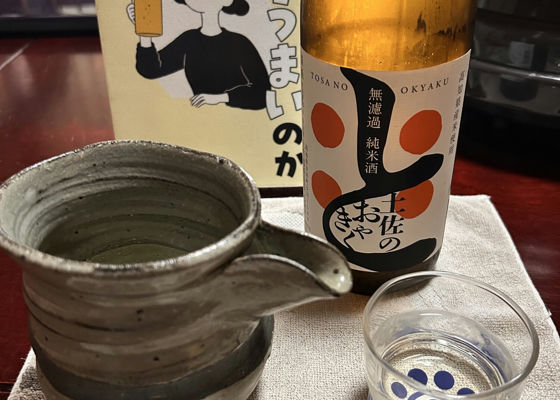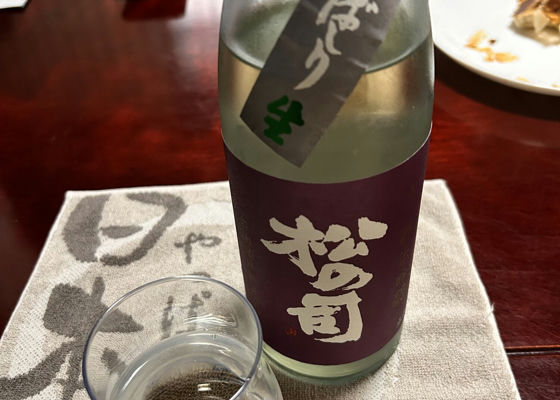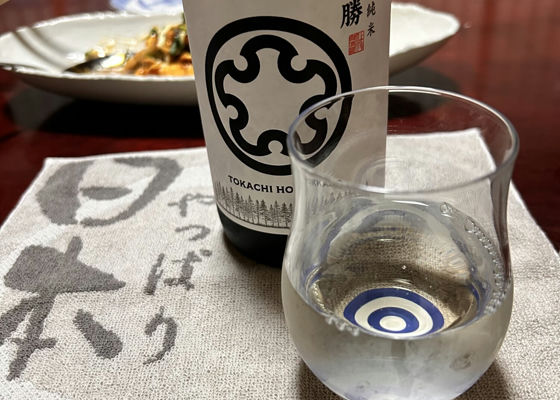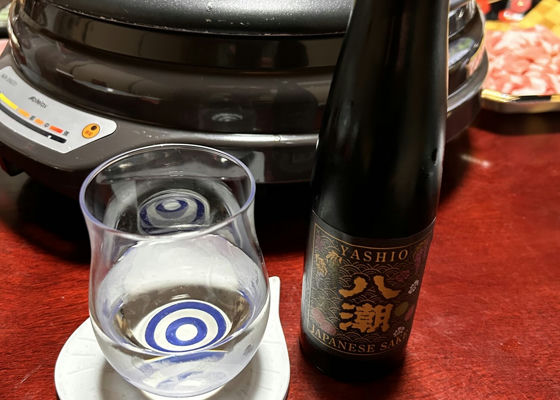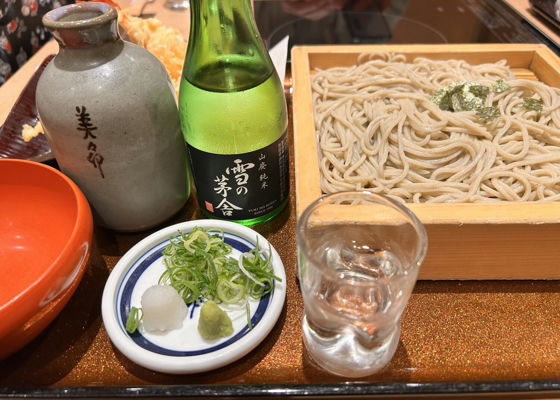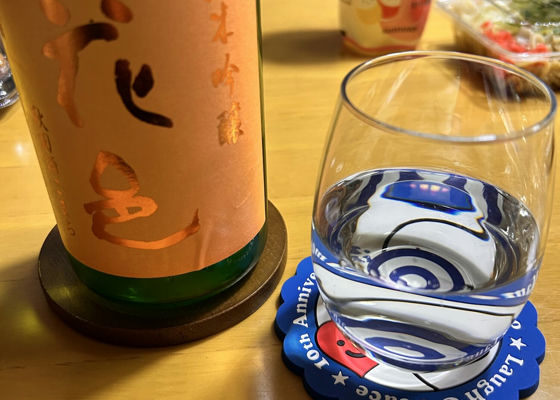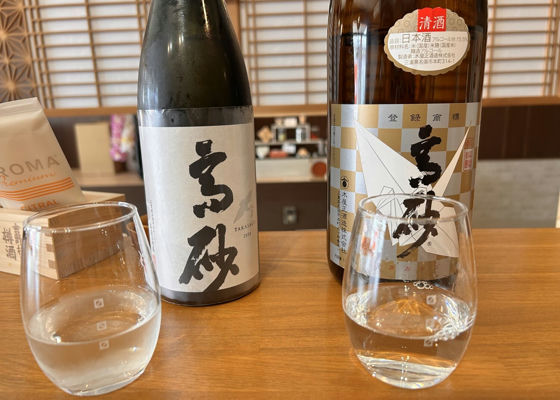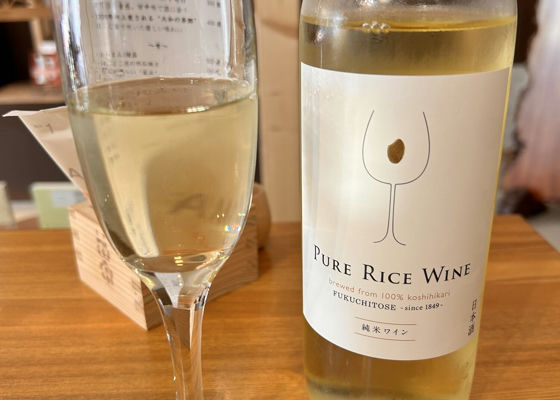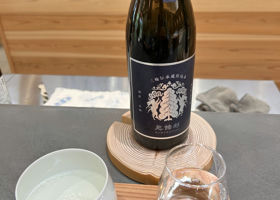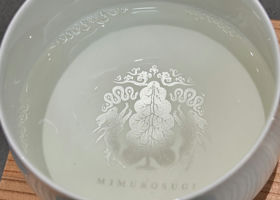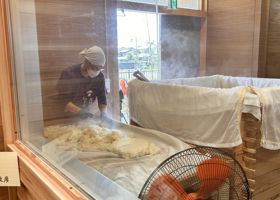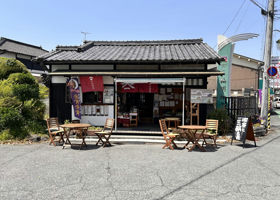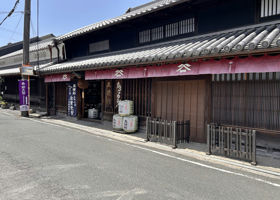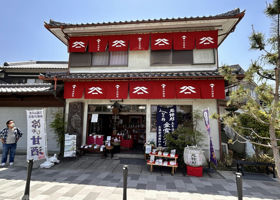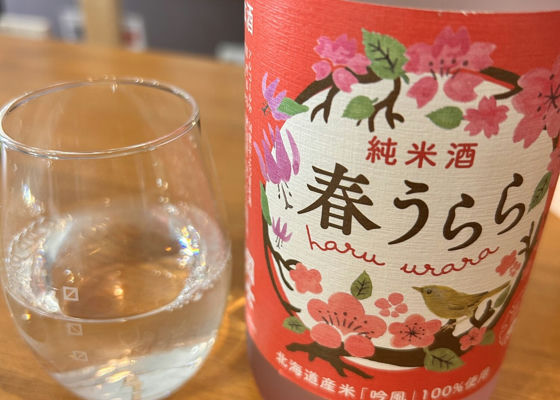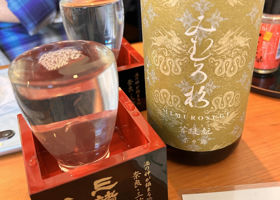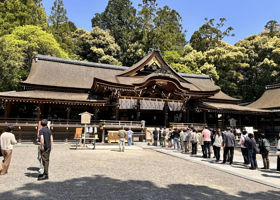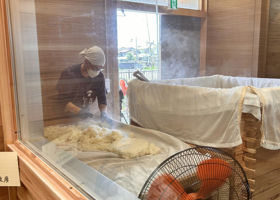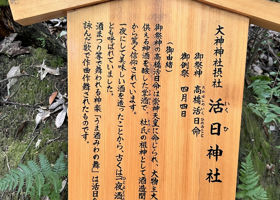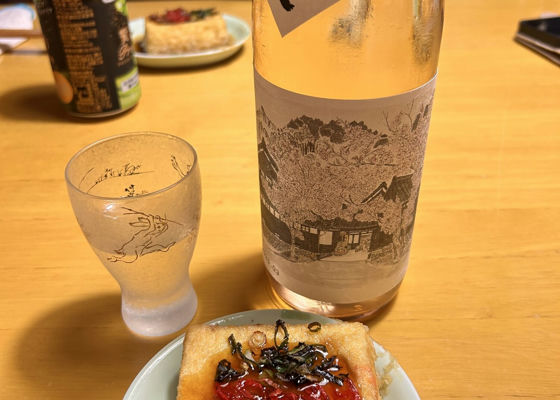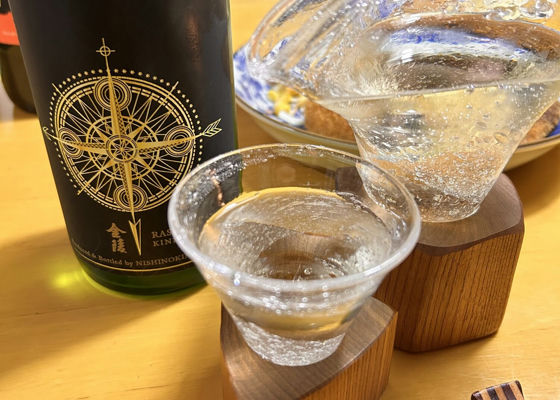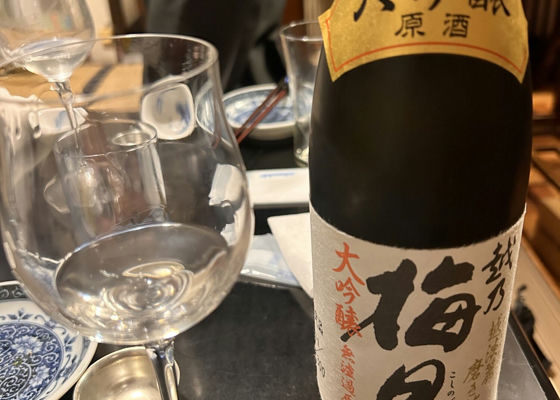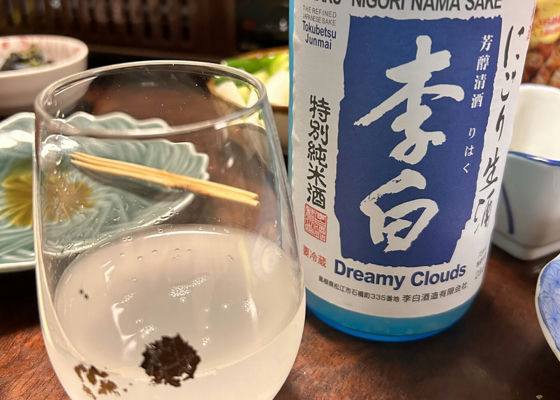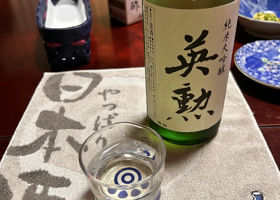

付喪神
DM from Sake no Yamamoto 🍶 I thought it was a notice of arrival, but it was a notice of Kyoto store closing 😳 I just visited them the other day...
So I opened a bottle of Eikun which I bought at the Kyoto store the other day 🍶 It is said to be unpressurized.
It has a fruity aroma, then sweet, delicious, and bitter all at once. It tastes a bit strong, but my partner and I drank it all up.
I would like to try Eikun from Shizuoka.
Japanese>English
ポンちゃん
Good evening, Mr. Tsukemogami 🦉.
I'm so sorry to hear that Yamamoto in Kyoto is closing 😳I used to buy their products from time to time 😭.
Japanese>English
付喪神
Good morning, Pon, 🍶.
I read that the restaurant will be closed at the end of July. It is certainly a place with few pedestrians, isn't it? I only go to the Kyoto store once in a while, my main place is Morinomiya. But I miss it a little 😭.
Japanese>English
